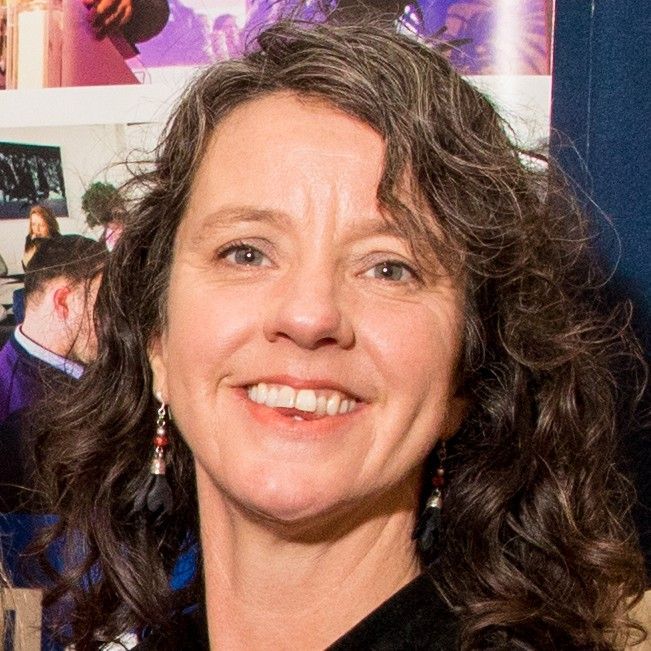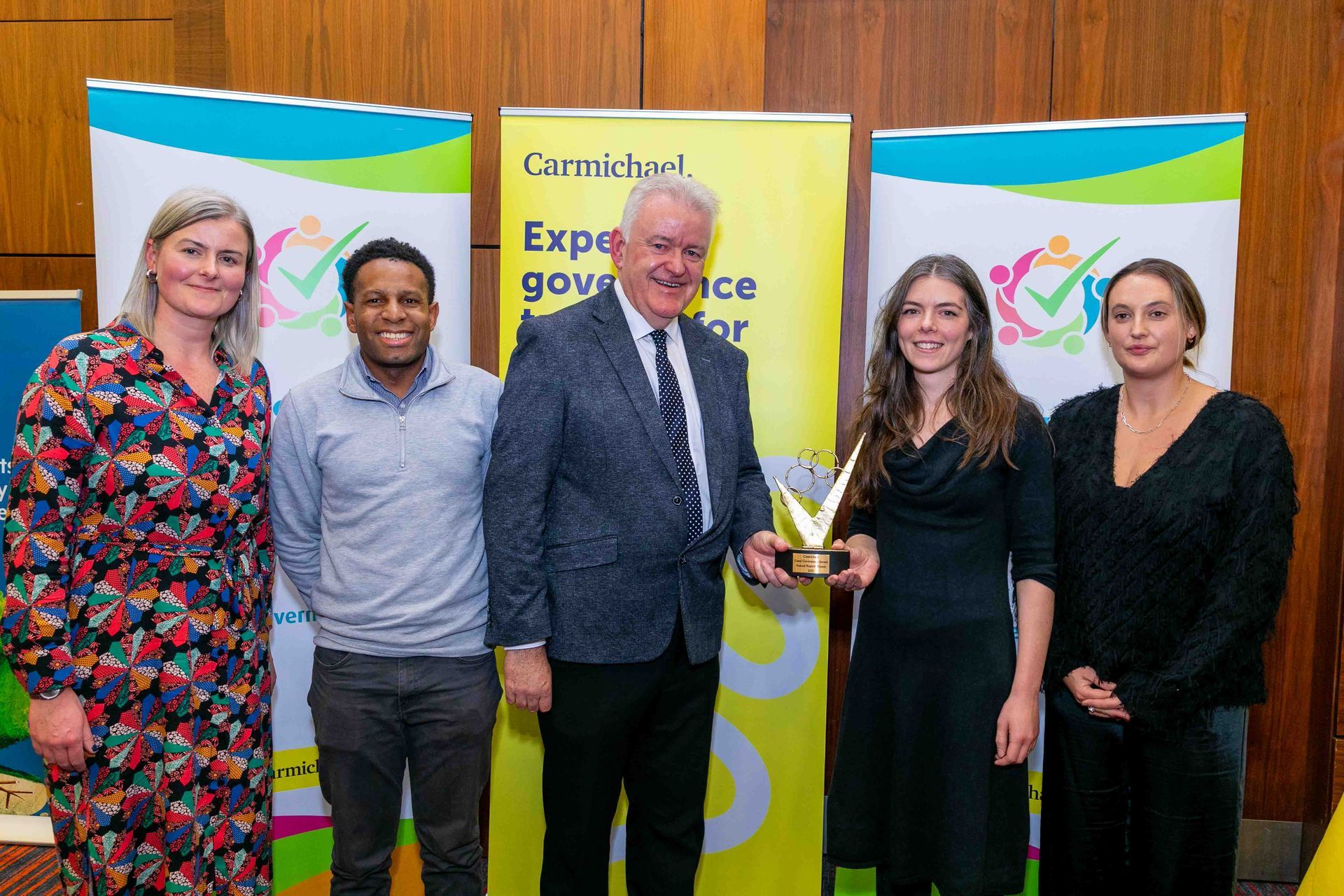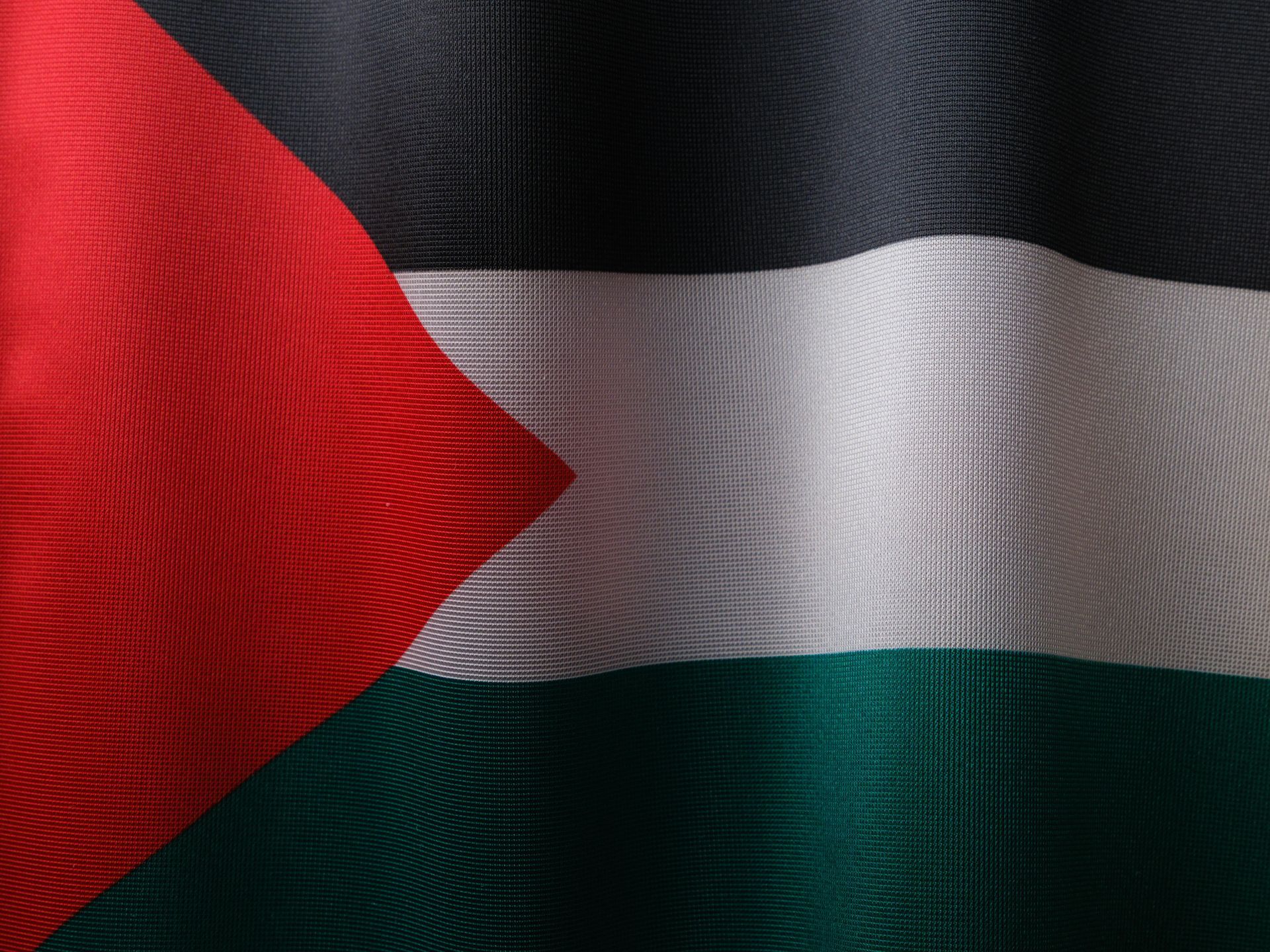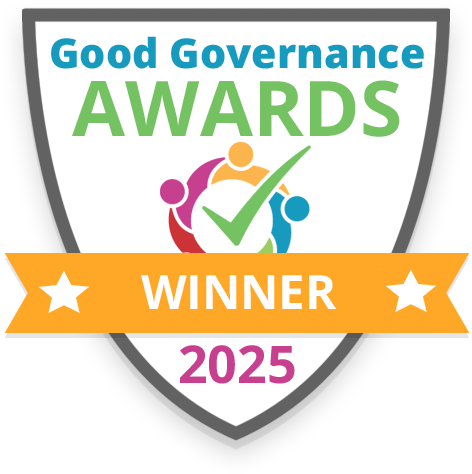IDEA Conference 2021: Acting for Change
A workshop called ‘Acting for Change’ was facilitated by Michael McCabe of Smashing Times
at the IDEA conference on Thursday 24 June 2021. The aims of this workshop were as follows:
To ground ourselves individually on an experiential level connecting to our breath and the Earth beneath; To share the necessity for learning agreement as a safe boundary and structure to invite our creative work to emerge; To introduce the possibility of safe physical expression and primacy of the body is a significant factor in all forms of human communication; To explore themes of cultural and ethnical oppression, in a non linear imagistic manner where thought process opens to artistic expression; To share potential of creating an ensemble. This is non-hierarchical, flexible, an example of how we can build a model society that is inclusive.
Fundamentally, the ensemble began to take agency here. The individual thinks differently, feels differently. The group experiences the beginning of creative potential through the development of a culture, and how this can lead to meaningful change.
In reflecting on these aims, all were achieved in a physical, collective deep subconscious meaningful manner. Having first ensured through physical principles that all are aligned and comfortable in our chairs, with parallel knee over toes, toes pointing straight ahead, the spine tall with relaxed shoulders, with hands placed palm down on thighs may seem unnecessarily detailed. Yet in proposing such a physical posture, even sitting down, we are introducing the F.M. Alexander technique of aligning the human skeleton.
Here, there is space to ensure that all are experiencing physical comfort. Subsequently, the invitation is proposed to connect to ‘belly breath’ whereby the inhalation thought we gently invite is ‘soothe’, and the exhalation thought we invite is ’ease’.
These may seem ‘basic’ principles, yet how we start sets a foundation for what ultimately such creative work proposes. The function of all creative work is to create an experiential change in our breathing. And the medium and manner in how we conduct such work is fundamentally how to develop a model, inclusive society based on respect and culture: How we treat each other, see each other, the language we employ to tell our stories, create our experiences.
With physical engagement as the central means of expression and communication, working on creating imagery as a fulcrum to explore such work is a very different engagement, individually and collectively. Prior to working in our groups, a simple way to warm up in one’s home was followed by ‘roles are changed’, and ultimately, we swop and change roles as frequently as possible without an obvious signal of ‘taking over’.
This is an excellent exercise to develop deep trust with a partner, which permeates the group. We included a brief extension of this where one person was mirrored by the entire group, and in that process, we began to develop a chorus and hero/heroine figures. Archetypes present at a sub conscious level, yet more vitally, the group play and combine. This is a collective sense of group motor neurons firing.
Two groups were then proposed to compose a brief TV-like commercial, choosing an ethical theme of their choice, whereby this product shows how to get from the real problem to an ideal solution. The note here is that the only verbal language one can employ is gibberish. This keeps such work in the right side of the hemisphere - in the soma; non-logical, and playful.
The trainer invited a second replaying of these commercials, and intervened with a freeze proposal. At the freeze, all pause, and present a statue. The trainer subsequently asked the group different directions each time, for instance, tell your commercial in fast forward; slow motion; rewind fast rhythm; cartoon genre; Sky Sports slow motion genre and so on. Here, we are proposing to play with our very literal sense of time, meaning, movement, leading to new shape and emotion, a new engagement with space.
To conclude, our whole group came together to compose an image with three tableaux, on an issue specifically of their choice. Here, the trainer proposed for one person to ‘direct’ each frozen image, and indeed to stand out of the image, and give notes to any group member. The trainer intervened, asking the group to consider how to get from one frozen image to the next. An ensemble movement piece began to emerge, supported by gibberish, that conversely, gave meaning, joy, and a culture was introduced.
There was a collective experience seen by the trainer, on screen. The ensemble smiled. The sense of changing our breath pattern was palpable.
This blog was written by Michael McCabe, on behalf of Smashing Times









